The 15 Most Dangerous Predators In The Amazon Rainforest

The Amazon rainforest harbors some of Earth’s most formidable hunters. From the shadowy canopy to the murky river depths, predators lurk in every ecological niche of this vast wilderness.
These remarkable creatures have evolved specialized hunting techniques that make them perfectly adapted to their environments – and potentially dangerous to humans who venture into their territory.
1. Jaguar
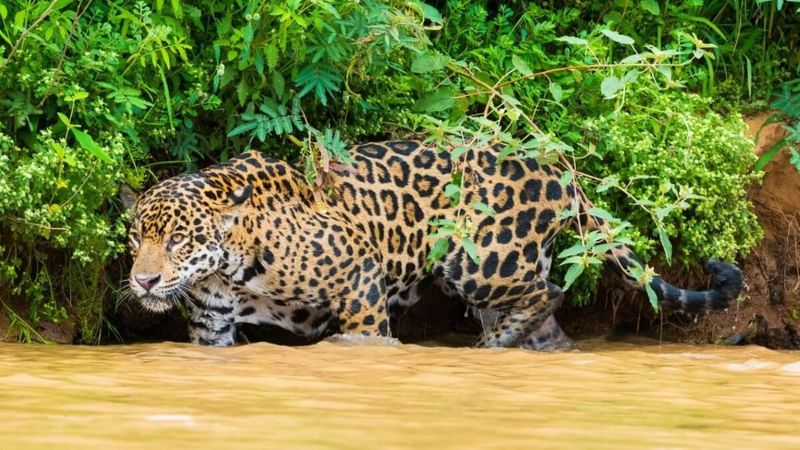
Kings of the Amazon jungle, jaguars possess bone-crushing jaws generating 2,000 pounds of force. Unlike other big cats, they kill with a single bite through the skull.
Masters of stealth, these spotted hunters swim rivers and climb trees with equal skill. Their muscular build enables them to drag prey twice their weight up into trees, away from competing scavengers.
2. Green Anaconda

Slithering giants of the Amazon waterways, green anacondas can reach lengths of 30 feet and weigh over 500 pounds. Female anacondas grow significantly larger than males, making them more formidable hunters.
Without venom, these massive constrictors rely on raw power, coiling around prey and squeezing until heartbeats stop. Their jaws unhinge to swallow victims whole—sometimes taking days to digest.
3. Black Caiman

Ancient reptiles ruling Amazonian waterways, black caimans have remained virtually unchanged for millions of years. Growing up to 20 feet long, these armored behemoths lurk just beneath the surface, eyes and nostrils barely visible.
Ambush specialists with lightning-fast strikes, they drag unsuspecting prey underwater to drown before consuming it. Even jaguars occasionally fall victim to these powerful aquatic predators.
4. Harpy Eagle
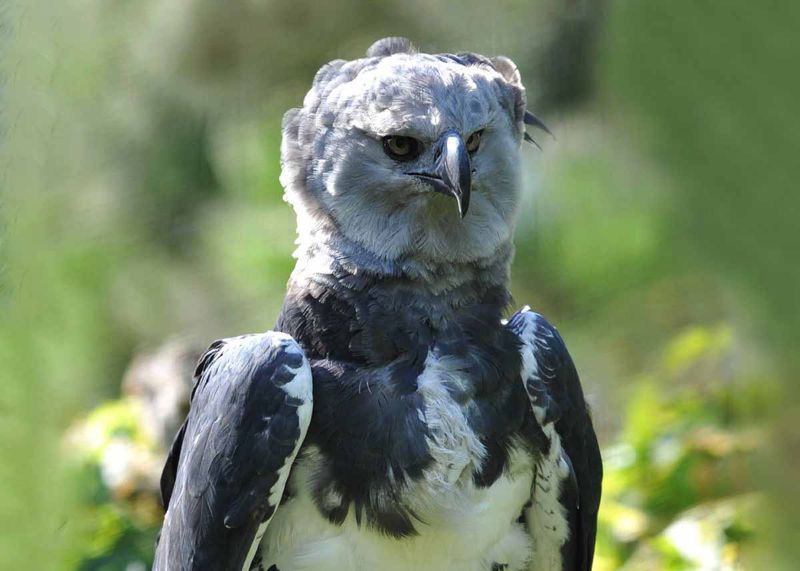
Phantom of the rainforest canopy, the harpy eagle swoops silently with a six-foot wingspan. Named after mythological monsters, these raptors sport talons larger than grizzly bear claws.
Females outweigh males by nearly double, reaching 20 pounds of pure aerial muscle. From their treetop perches, they can spot tiny movements through dense foliage, snatching monkeys directly from branches with bone-crushing force.
5. Electric Eel
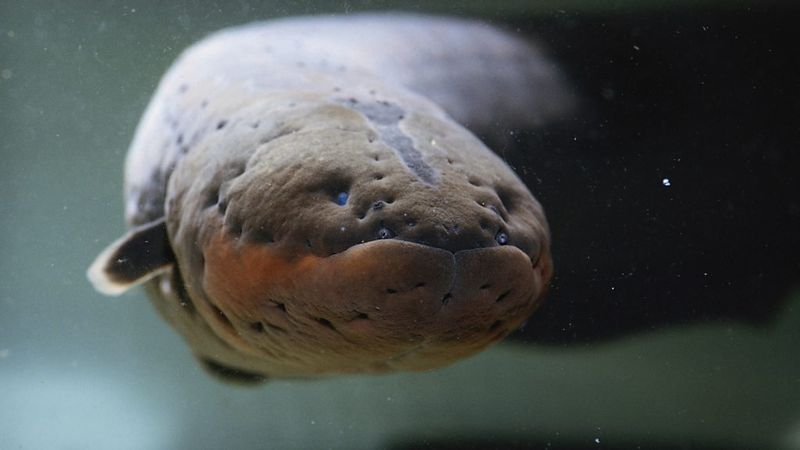
Swimming batteries of the Amazon, electric eels generate enough voltage to knock an adult human unconscious. Despite their name, they’re not true eels but belong to the knifefish family.
Three specialized electric organs fill 80% of their elongated bodies. With poor eyesight, they navigate murky waters using electrical pulses like biological sonar, stunning prey with sequential shocks before swallowing them whole.
6. Brazilian Wandering Spider
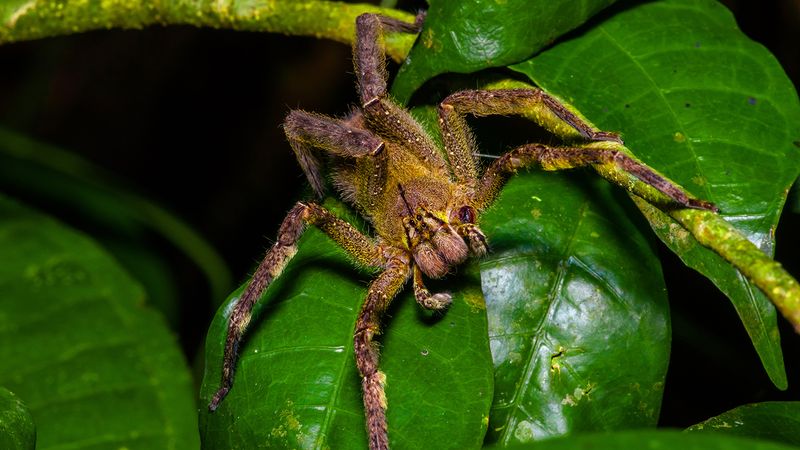
Guinness-certified as world’s most venomous spider, these arachnids don’t build webs—they actively hunt. Their Portuguese nickname “armadeira” means “armed one,” referencing their aggressive defensive posture when threatened.
Unlike shy rainforest residents, these spiders frequently wander into human dwellings. A single bite can cause excruciating pain, respiratory problems, and in untreated cases, death within hours due to their potent neurotoxic venom.
7. Poison Dart Frog
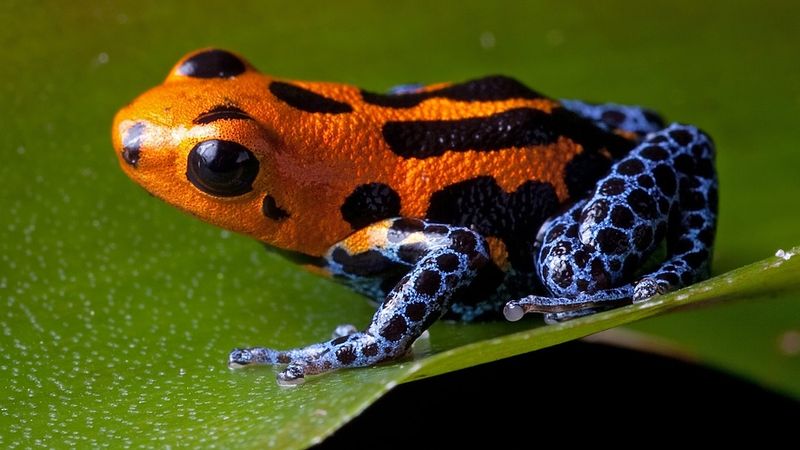
Deceptively beautiful assassins, these tiny frogs advertise their deadly nature with brilliant colors. The golden poison dart frog contains enough toxin in its skin to kill 10 adult humans.
Indigenous Amazonian tribes historically harvested their secretions for blow dart tips. Fascinatingly, these amphibians don’t produce their own poison—they accumulate alkaloid toxins from their specialized diet of ants and mites in the wild.
8. Bullet Ant
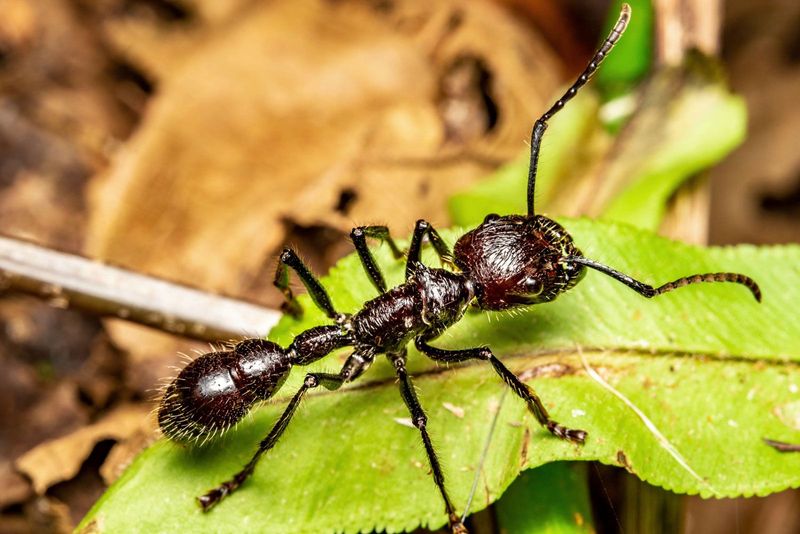
Inch-long warriors delivering the insect world’s most agonizing sting, bullet ants earned their name from pain comparable to a gunshot wound. Their venom contains poneratoxin, which disrupts nerve function and causes waves of burning pain lasting up to 24 hours.
Some Amazonian tribes use these ants in manhood initiation rituals. Young men must wear gloves filled with hundreds of bullet ants, enduring repeated stings without showing distress.
9. Pit Vipers
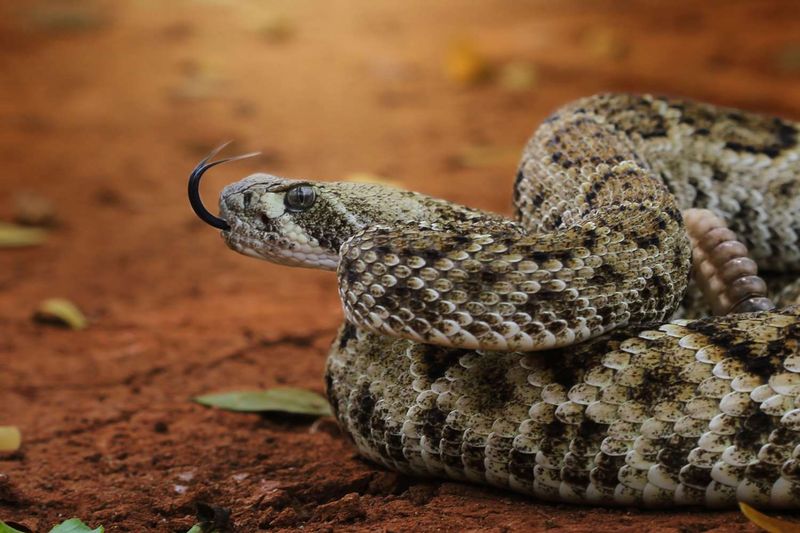
Masters of thermal detection, pit vipers locate warm-blooded prey even in total darkness. Their specialized heat-sensing pits act like infrared cameras, creating a thermal image of their surroundings.
The fer-de-lance, most feared among Amazonian pit vipers, injects hemotoxic venom that destroys tissue and prevents blood clotting. Without antivenom, victims may suffer massive hemorrhaging, tissue necrosis, and potentially limb amputation.
10. Bushmaster Snake
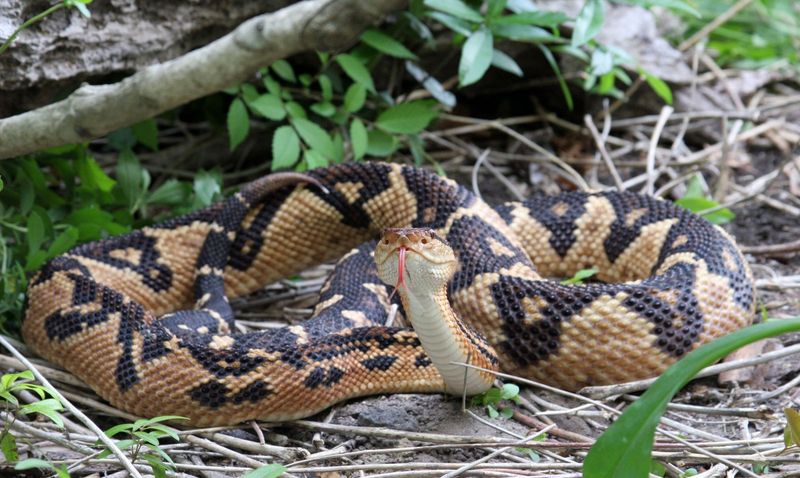
Ghost serpents of the forest floor, bushmasters can reach 12 feet, making them the Western Hemisphere’s longest vipers. Their cryptic coloration blends perfectly with leaf litter, rendering them nearly invisible to prey and humans alike.
Unlike most vipers that birth live young, bushmasters lay eggs and guard them fiercely. Their venom contains both neurotoxic and hemotoxic components, causing paralysis while simultaneously destroying tissue and preventing blood clotting.
11. Red-Bellied Piranha
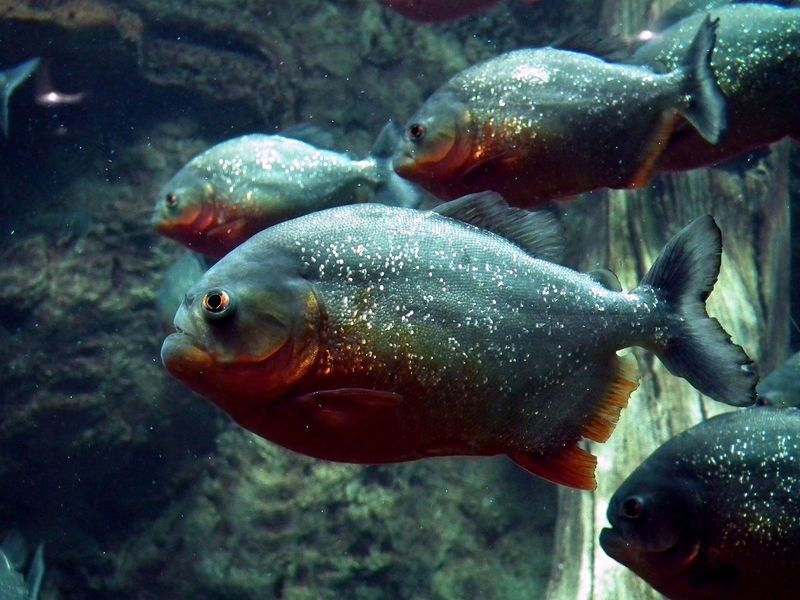
Underwater pack hunters with razor-sharp teeth that can strip flesh from bone in minutes. Despite Hollywood exaggerations, piranhas rarely attack humans unprovoked—they’re primarily scavengers and opportunistic feeders.
Their jaw strength exceeds their body size, allowing clean bites through tough materials. During dry seasons when water levels drop, their feeding frenzies become more common as competition for food intensifies in shrinking pools.
12. Arapaima
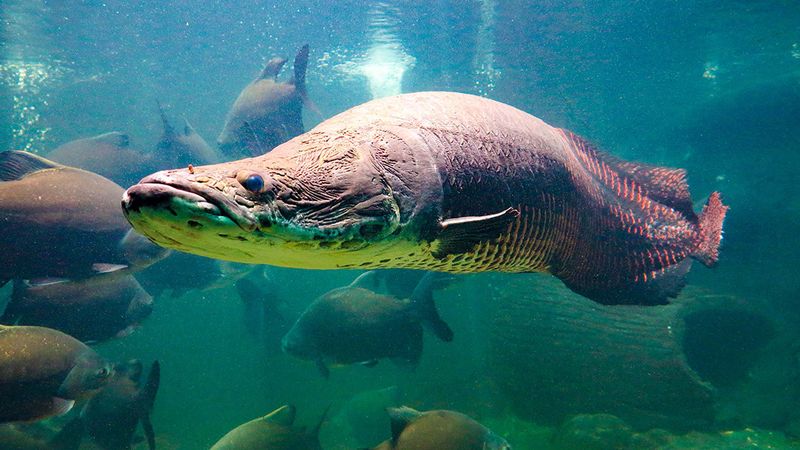
Ancient river giants dating back to the Jurassic period, arapaimas can exceed 400 pounds. Their armor-like scales are so tough that piranhas can’t penetrate them—scientists are studying this natural armor for bulletproof vest designs.
Air-breathing fish that surface every 10-20 minutes, they use powerful bursts to ambush prey. Their bony tongues contain teeth-like structures that crush smaller fish against the roof of their mouths.
13. Giant Otter

Vocal river wolves hunting in family packs, giant otters grow up to 6 feet long—larger than many people expect. Their distinctive throat patterns serve as unique identifiers, like human fingerprints.
Highly intelligent and social, they coordinate complex hunting strategies to corner fish. Despite their playful appearance, they’re apex predators that occasionally take down caimans, using their powerful jaws to crush skulls and their dexterous paws to grip slippery prey.
14. Vampire Bat
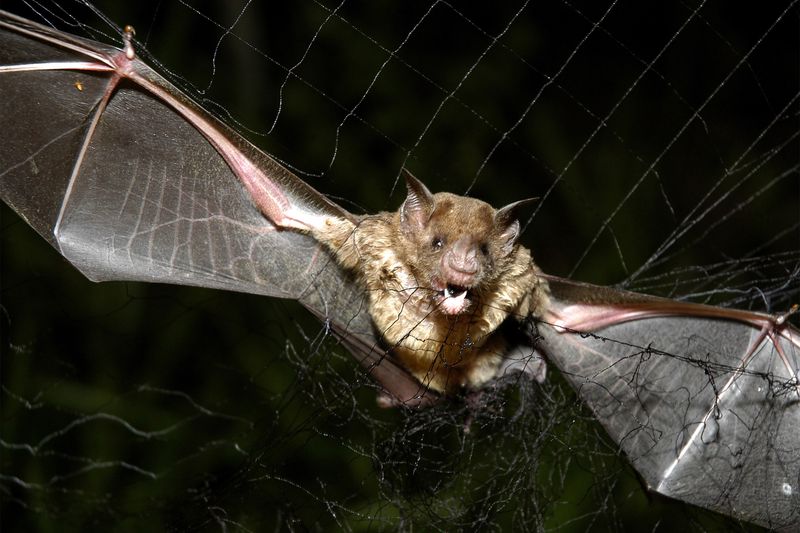
Nocturnal blood specialists with heat-sensing noses that detect blood vessels near skin surface. Unlike fictional vampires, these small mammals make painless incisions with razor-sharp teeth, then lap blood rather than suck it.
Their saliva contains anticoagulants now used in stroke medications. Remarkably social, vampire bats will regurgitate blood meals to share with hungry colony members, creating reciprocal relationships that ensure group survival during food scarcity.
15. Candiru
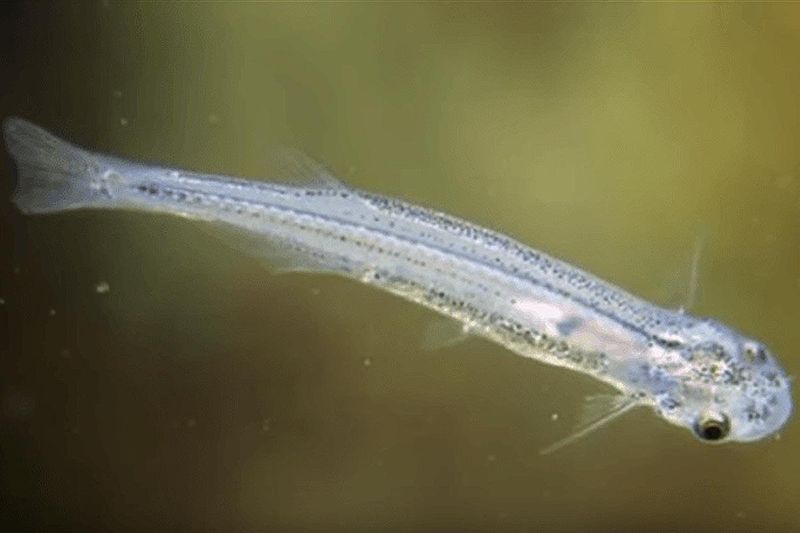
Parasitic nightmares barely visible in murky waters, candiru are pencil-thin catfish with translucent bodies. They typically parasitize larger fish by detecting ammonia released through gills, then entering and feeding on blood.
While stories of human attacks are largely exaggerated, their reputation generates terror throughout the Amazon. Their needle-like teeth and barbed gill covers make removal difficult once attached, earning them the ominous nickname “vampire fish of the Amazon.”






